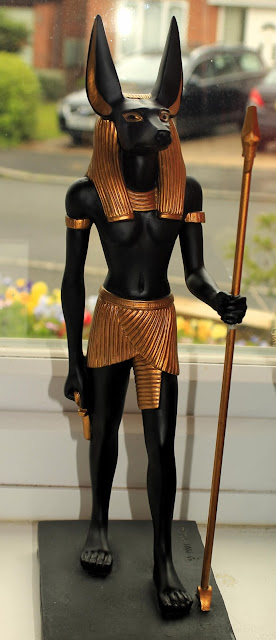I don't know how it works in other parts of the world, but here in the UK those people who are entitled to a
State Pension have to formally apply for it when they are within three months of pensionable age: applications can be made either by telephone or online. Since I was due to reach
State Pension age on 7
th August this year and being one of those people who don't much like using the telephone for official communication because you have no hard-copy record, I made my application to the
Department for Works & Pensions via their online service back in May.
The
Department for Works & Pensions online application form asked for various details about my public and private life, which I dutifully provided. These details included the name of the bank I wanted my pension to be paid into, the bank's sort-code and my account number... remember this, it's important!
The
Department for Works & Pensions online service clearly states that all claims will be dealt with and claimants will normally receive written details confirming their entitlement at least two weeks prior to them reaching pensionable age. Any claimant not receiving such written information is advised to contact the
Department for Works & Pensions by telephone when within two weeks of pensionable age. Having not received anything in writing from the
Department for Works & Pensions I telephoned to confirm my claim on 25
th July. The person I spoke to apologised that I had not been contacted and explained the
Department for Works & Pensions had experienced a
'software error' which meant some applicants had
'slipped through the net.' I was assured my application would be processed that day and I subsequently received a letter from the
Department for Works & Pensions dated 26
th July setting out the details of my claim and confirming my first payment would be made on 7
th August.
My 65
th birthday came and went and I checked my bank account to make sure my very first pension payment had been made... no... nothing... no pension payment. I gave it a few days then contacted the
Department for Works & Pensions by telephone on 11
th August to query why my pension had not been paid using the contact telephone number stated on the top of the letter I had received from the
Department for Works & Pensions. The representative from the
Pension Service I spoke to informed me I had telephone the wrong number and provided me with a different number where she assured me help would be at hand. I telephoned the new number. The second representative from the
Pension Service I spoke to informed me I had come through to the wrong department and I was told I should ring a different number where I was once again assured help would be at hand. I telephoned the new number...
Having waited on hold for over 20 minutes with a poor rendition of Vivaldi's Four Seasons playing in the background and constant messages telling me my call was important, but I could almost certainly get the information I required on the
Department for Works & Pensions website, which of course I couldn't, I finally managed to speak to yet another representative from the
Pension Service. I explained I had not received my first payment from the
Pension Service and asked whether there was some problem with my claim. This representative from the
Pension Service checked my details and told me there appeared to be no reason why a payment had not been made. She promised to reissue the payment and informed me the money would be in my account within 5 working days. I subsequently received a letter from the
Pension Service confirming the payment would be in my account no later than 18
th August.
18
th August came and went and still no payment from the
Department for Works & Pensions.
I telephoned the
Department for Works & Pensions again this morning and once again told my tale of woe. On this occasion the representative from the
Pension Service I spoke to told me the payment had most definitely been made and accepted by my bank. I assured him no such payment had reached my account and asked if it were possible for him to check my bank details, which he subsequently did. Now bear in mind I had supplied the
Department for Works & Pensions with the correct details of my bank back in May and had a hard copy of those downloaded from the
Department for Works & Pensions website so I knew they had the right information... the representative from the
Pension Service I spoke to this morning apologised because an error had been made by the
Department for Works & Pensions and my first pension payment had been paid into a bank account, it just wasn't
MY bank account!
The problem has now been solved (I'm not holding my breath) and my first pension payment is being reissued to the correct bank. Despite the wonders of electronic banking I won't receive the payment for 5 working days and believe me if I don't actually receive the payment on this occasion I'll be making a trip to Wolverhampton (yes my regional pension office is in the middle of England, not in Wales as you might expect) and camping out in someone's office until the issue is finally resolved!
Footnote:
If the
Department for Works & Pensions has issued a payment or payments to someone else's account, what happens to that money now? Presumably they will reclaim it... I'll bet they're more efficient at getting money back than they have so far been in paying it out!

































